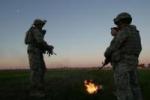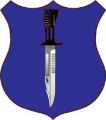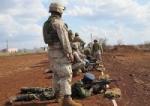Cones of Silence.
In Iraq, US highway maps were classified from civilian Iraqi use because they labels Route 1 as "Route Tampa," the secret US government name for the road.
Of course, there were no Iraqis that didn't know the military names for these routes. They were marked with informal signs. Go figure?










Bookmarks